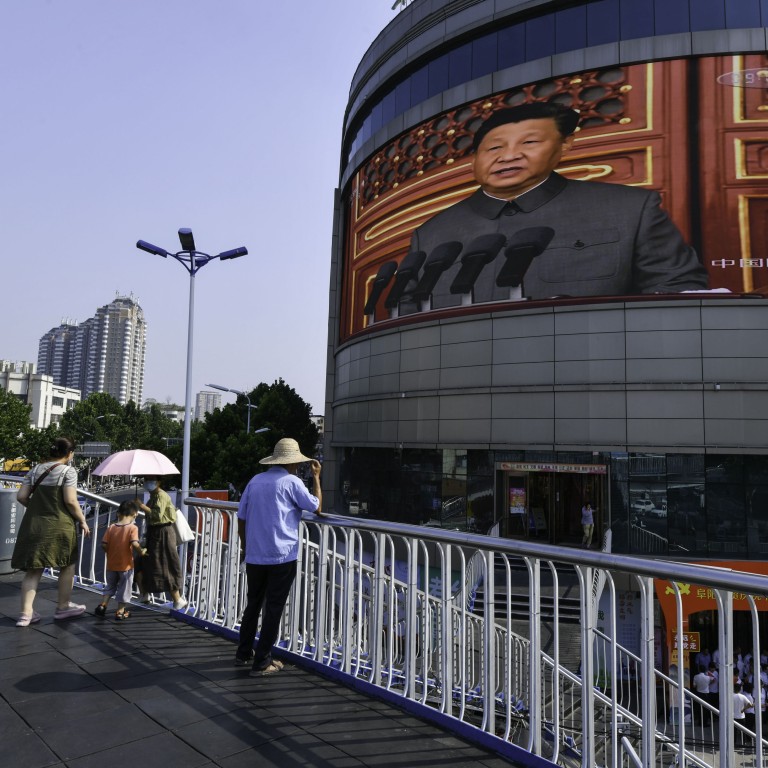
In his own words, China’s president outlines a vision of digital economy with 5G connectivity and data at its core
- China should focus on areas of strategic significance, such as integrated circuits, displays, communications equipment and intelligent hardware, Xi wrote
- China should create an early warning system for the digital economy, with processes to ensure the security of key technologies, vital industries and facilities, strategic resources and leading enterprises
“The development of the digital economy is of great significance, and a strategy to grasp new opportunities in technological revolution and industrial transformation,” President Xi Jinping wrote in a bylined article on Saturday in the Qiushi Journal, the mouthpiece publication of the Communist Party’s Central Committee.
China should “cultivate a number of enterprises with international competitiveness, and leading ecological firms with control over industrial chains, to create world-class digital industry clusters,” he wrote. “Compared with [other large] countries, China’s digital economy is big but not strong, fast but not superior.”
Covering almost 3,000 Chinese characters, Xi wrote in Qiushi about how he had been closely following China’s technological growth and developments in the digital economy since 2000, before his elevation to president.
How Beijing plans to lead the world with ‘Made in China 2025’
The rapid growth of China’s digital economy over the past few years led to “unhealthy” and “irregular” developments that breached regulations and threatened the country’s economic and financial security, Xi wrote.
These developments, which “not only affected the healthy development of the digital economy, but violated laws and regulations, and posed a threat to national economic and financial security,” must be “regulated and rectified,” and not be left unchecked, he wrote.
Regulations and standards are also needed to plug regulatory loopholes and prevent “monopolies and disorderly expansion of capital” in China, the president wrote.
Sharing is caring: how is China moving on from ‘Made in China 2025’?
In 2020, China digital economy expanded by 9.7 per cent to 39.2 trillion yuan (US$6.17 trillion) in value, or 38.6 per cent of China’s economic output, becoming a key driver for stabilising economic growth, according to official figures.
China should also improve the country’s national security system, establish and strengthen an early-warning system built around the digital economy, the president wrote.
Regulators and various watchdog agencies should establish what he called “prevention and control” processes to ensure the security of key technologies, vital industrial sectors and facilities, strategic resources and leading enterprises, the president wrote.

